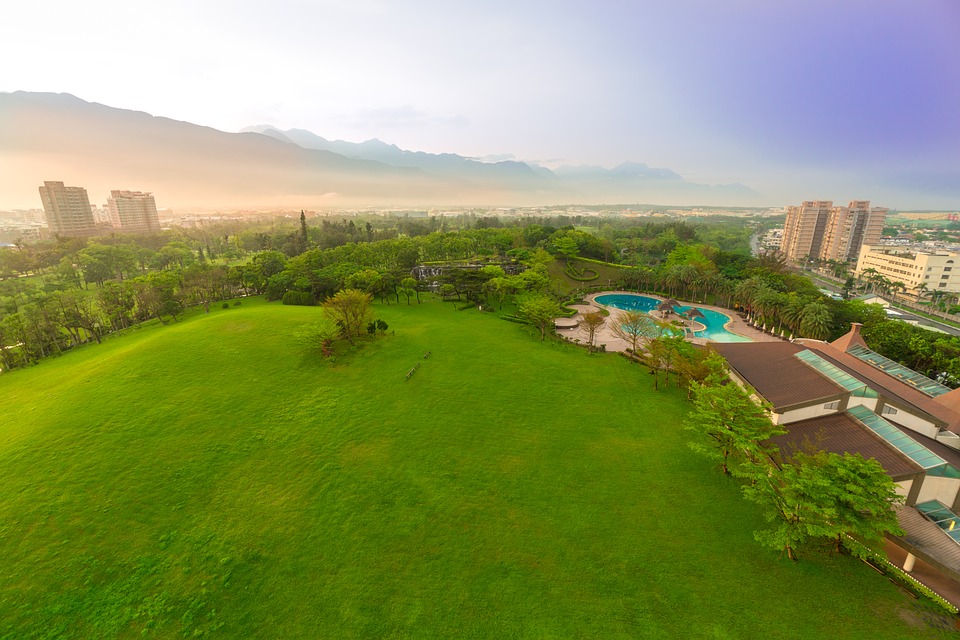『新しい歴史教科書』(新版・中学社会)(自由社)
英訳シリーズ その3−第1章「古代までの日本」3節、4節
『新しい歴史教科書』英訳シリーズのその3―第1章「古代までの日本」、第3節、第4節をお届けします。
第3節:律令国家の建設
�聖徳太子の新しい政治
*17条の憲法
�遣隋使と天皇号の始まり
*天皇・皇帝
�大化の改新
�律令国家への道
*「日本」という国名のおこり
�大宝律令と平城京
*平城京と長安の違い
�記紀の編纂と大仏建立
*古事記と日本書紀
*行基と大仏建立
�飛鳥・天平の文化
第4節:律令国家の展開
�平安京と摂関政治
*道長の歌
�平安文化
*遣唐使廃止の理由
*仏像の見方
*仮名文字と女流文学
�武士の台頭と院政
*上皇・法皇・院・院政
*日本の天皇と中国の皇帝
・第1章のまとめ 古代とはどんな時代か
・歴史豆辞典(第1章のまとめ)
対訳版:http://www.sdh-fact.com/CL02_2/Chapter%201%20Section%203,%204.pdf
「史実を世界に発信する会」茂木弘道
http://hassin.org
New History Textbook for Middle School Students
Series No. 3, Chapter 1: Japan from Prehistory to Ancient Times
– The Paleolithic, Jomon, Yayoi, Kofun, Asuka, Nara, and Heian periods –
Sections 3 & 4.
Series No. 3 contains Chapter 1, Sections 3 & 4.
Tale of Genji (Genji Monogatari), the world’s first great novel was written by a court lady, Murasaki Shikibu, in the Heian period.(Section 4, p. 86)
Chapter 1, Section 3: The founding of the Ritsuryo State
Topic11 – Prince Shotoku’s political revolution
Under what circumstances did Prince Shotoku implement his new style of politics?
Summarized Translation of the Seventeen Article Constitution (AD 604)
Topic 12 – The envoys to Sui China and the title of “emperor”
What was the relationship between Shotoku’s policy of diplomatic equality with the Sui and
the introduction of the title of tenno, Japan’s unique word for “emperor”?
Topic 13 – The Taika Reforms
How did the Soga clan fall from power and give way to the establishment of an emperor-centered nation?
Topic 14 – The road to the Ritsuryo State
In what ways did Japan develop as a nation following its defeat in the Korean Peninsula in the second half of the seventh century?
Topic 15 – The Taiho Code and Heijo-kyo
What was the structure of Japan’s ancient Ritsuryo State
Topic 16 – The compilation of the Kojiki and Nihon Shoki and construction of the Great Buddha
With what objective did Japan write its national histories and build the Great Buddha?
Topic 17 – The Asuka and Tempyo cultures
What were the distinguishing features of Japanese culture in the seventh and eighth centuries?
Chapter 1, Section 4: The development of the Ritsuryo State
Topic 18 – Heian-kyo and regency government
How did Regency government arise in Japan?
Topic 19 – Heian culture
Why did national culture blossom during the Heian period?
Kana and Women’s Literature
Topic 20 – The rise of the samurai and cloistered rule
In what way did cloistered rule begin in Japan and how was it related to the rise of the samurai?
CHAPTER 1 SUMMARY: SUMMING UP THE ANCIENT PERIOD
URL: http://www.sdh-fact.com/book-article/981/
PDF: http://www.sdh-fact.com/CL02_2/Chapter%201%20Section%203,%204.pdf
Questions are welcome.
MOTEKI Hiromichi, Acting Chairman
for KASE Hideaki, Chairman
Society for the Dissemination of Historical Fact
Phone: +81-3-3519-4366
Fax: +81-3-3519-4367
Email moteki@sdh-fact.com
URL http://www.sdh-fact.com
Note: Japanese names are rendered surname first in accordance with Japanese custom.





